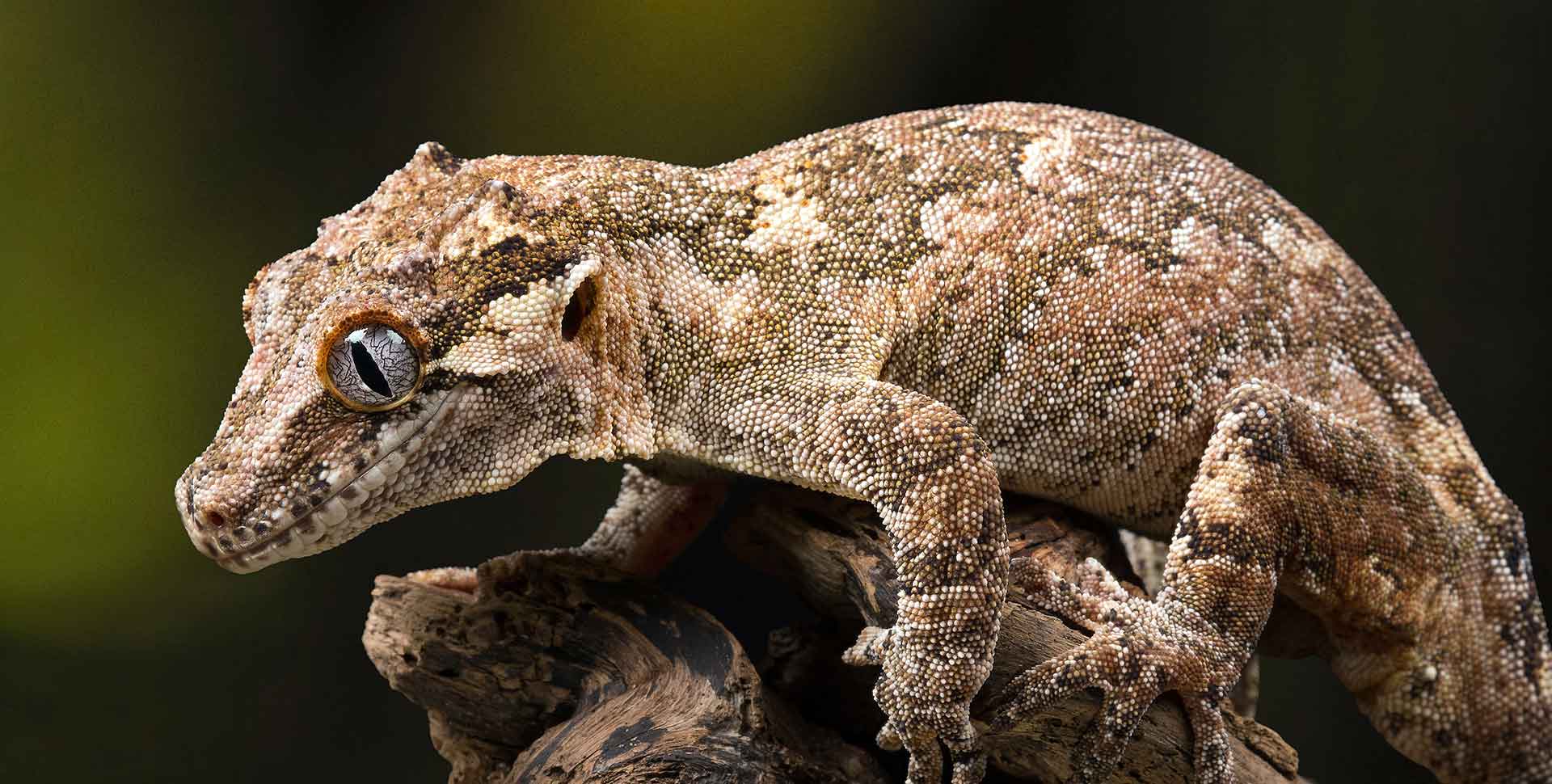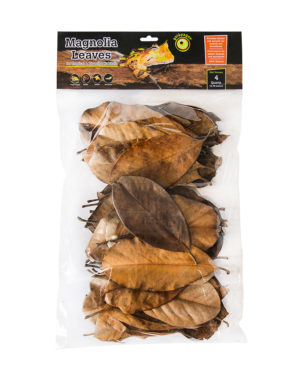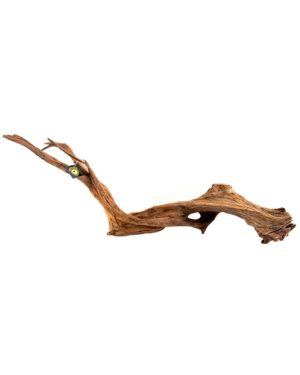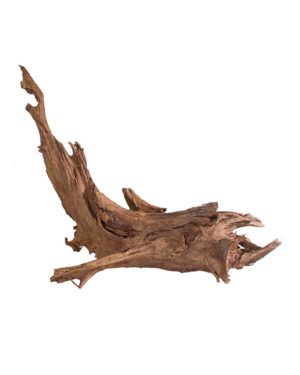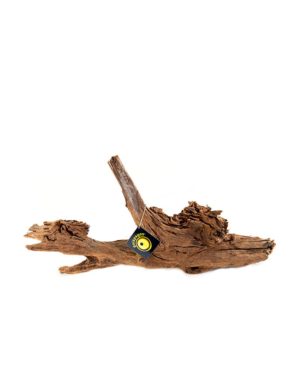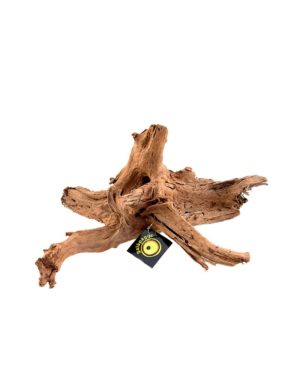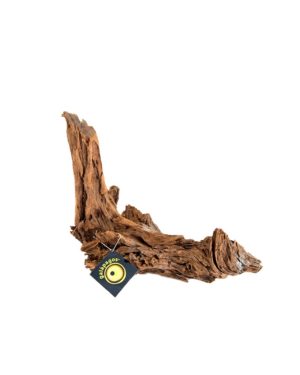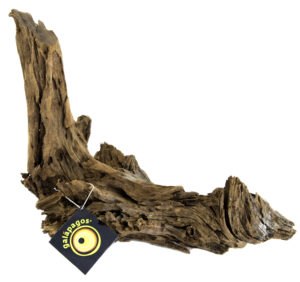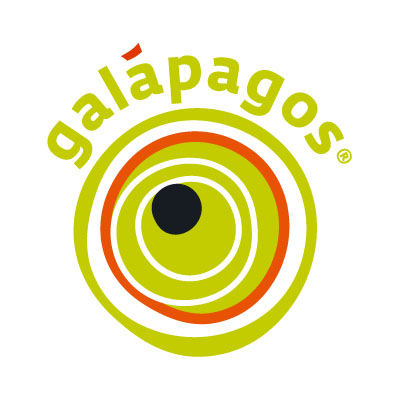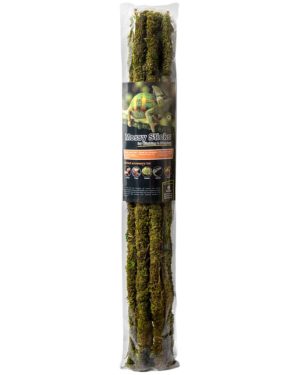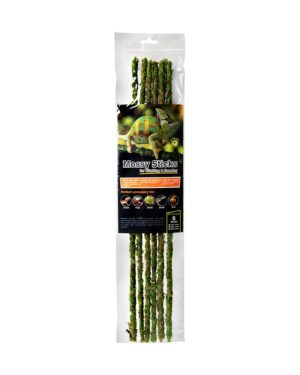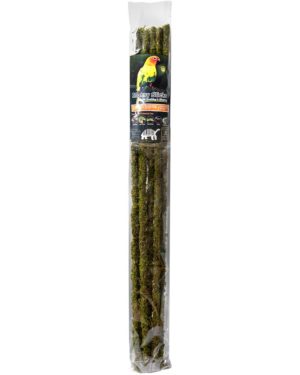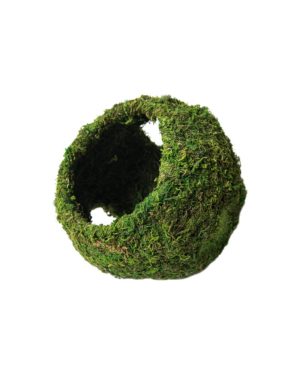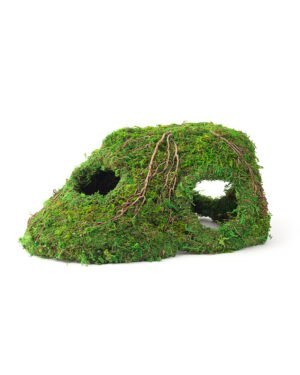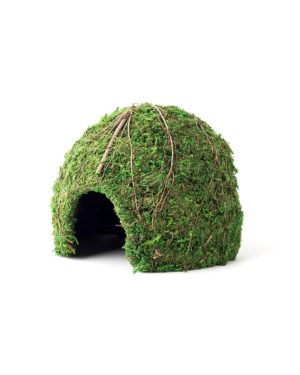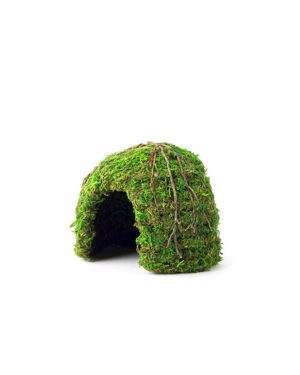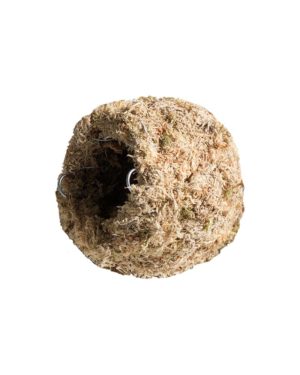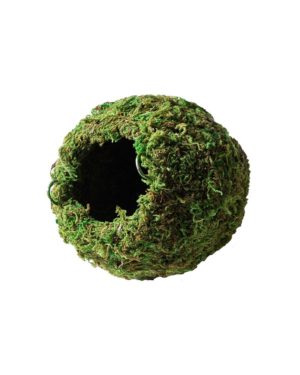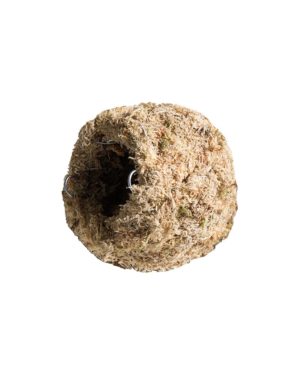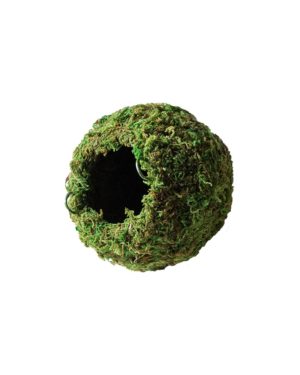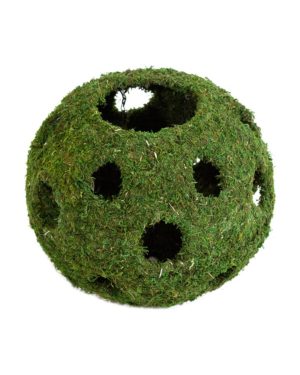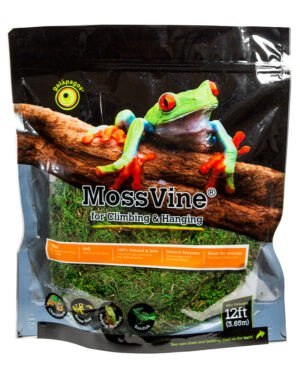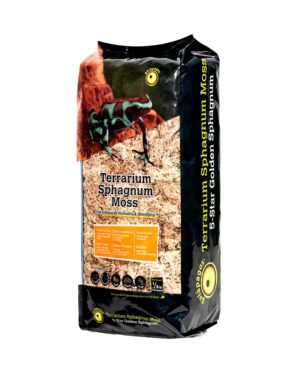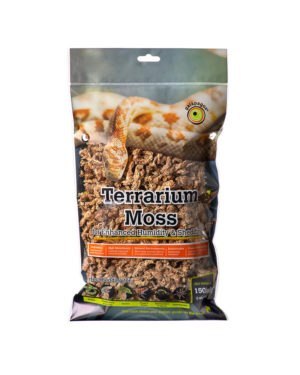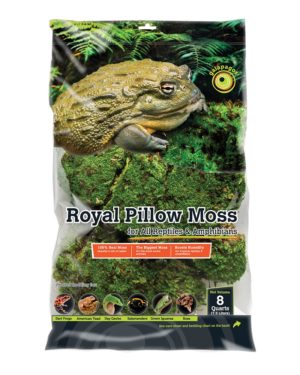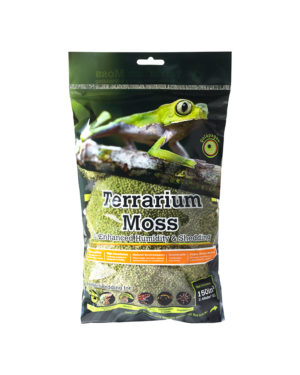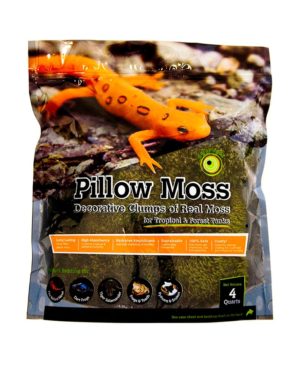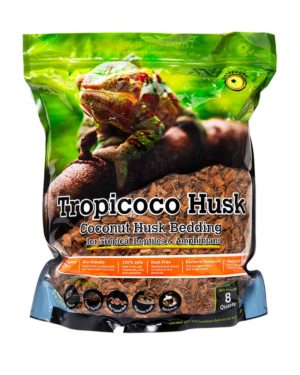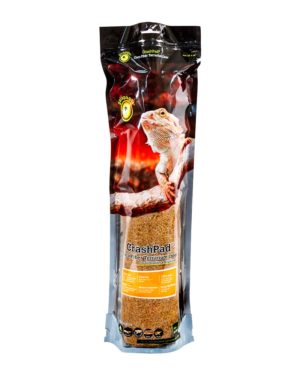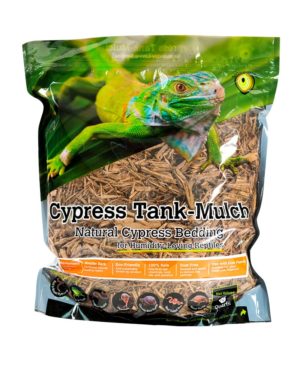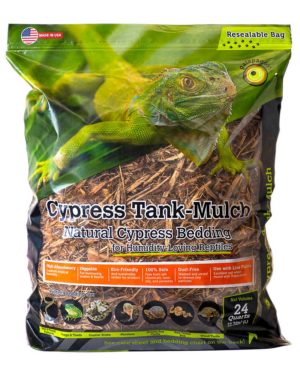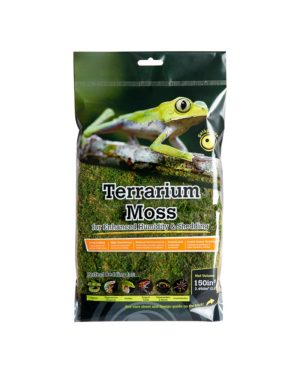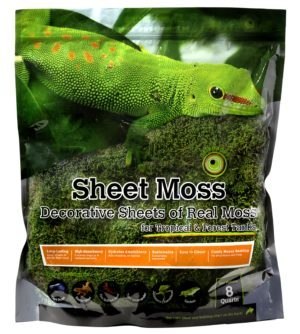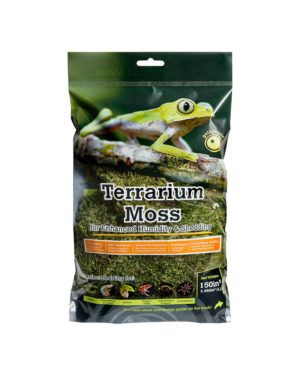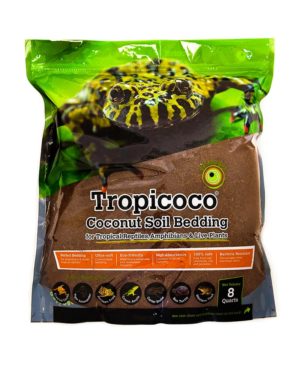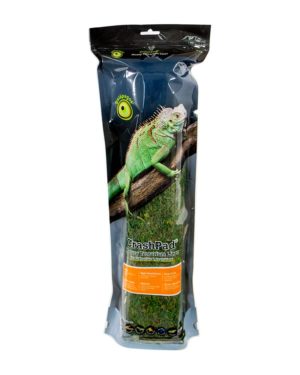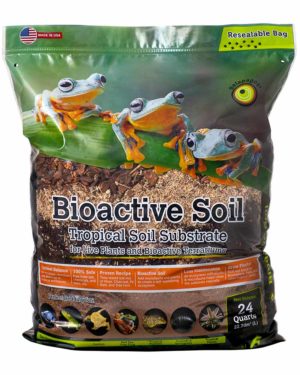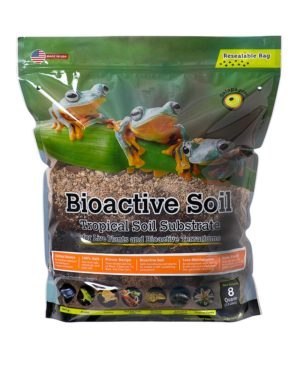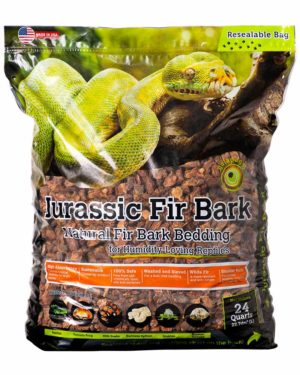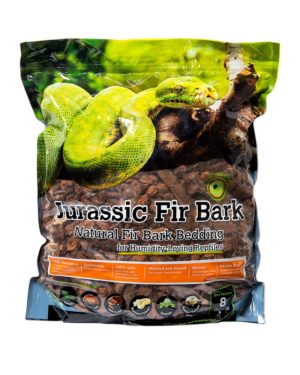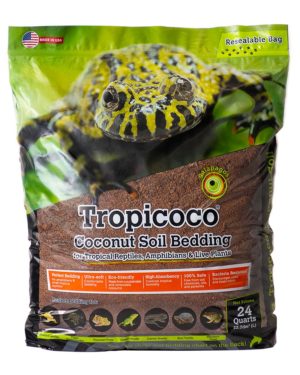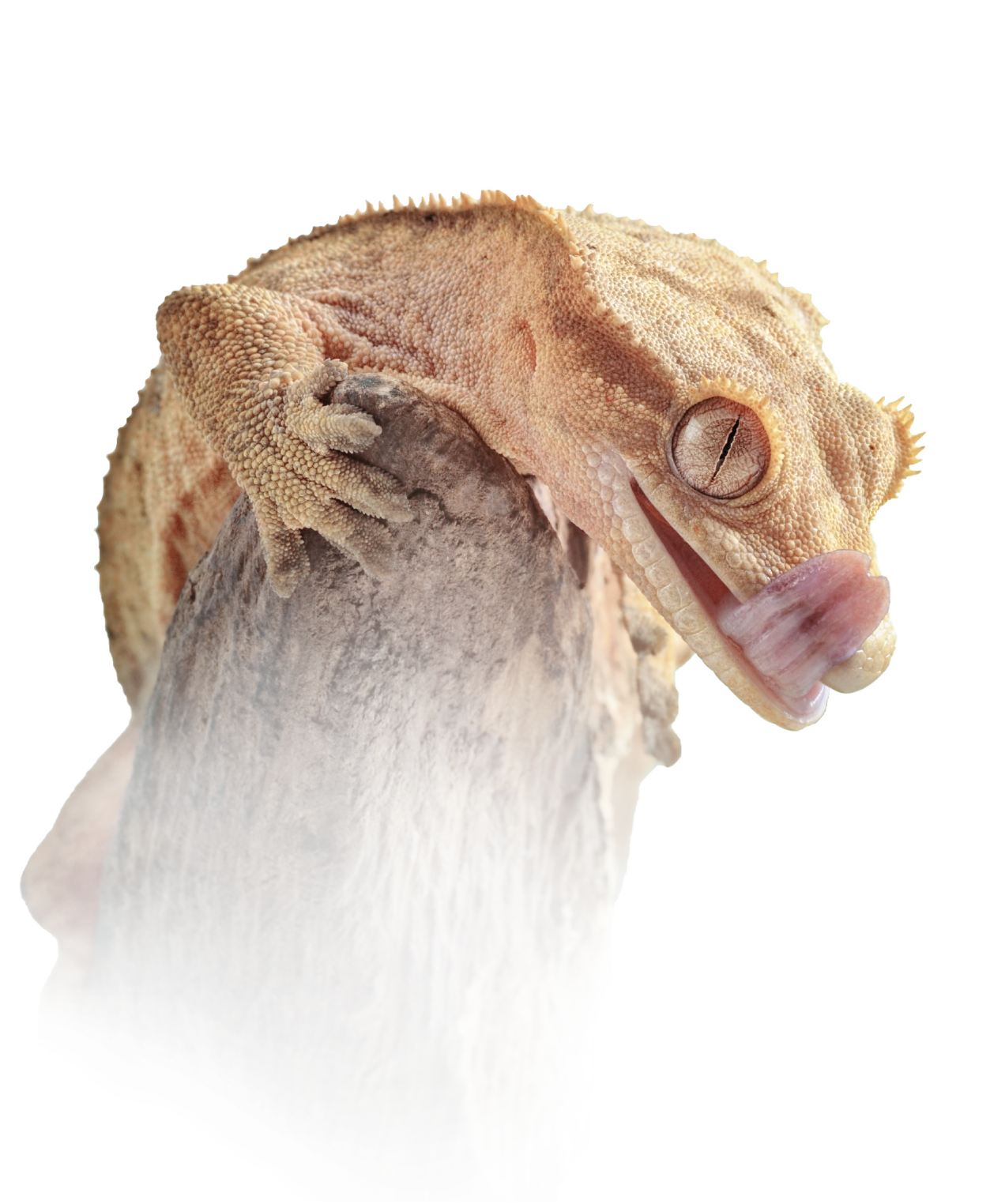Environment
Tropical
Light
Optional
Temperature
70-82°F
Humidity
50-60%
Most Active
Crepuscular
Lifespan
15-20 years
Size:
Gargoyle Geckos hatch out at approximately 2-3 inches in length. Adults reach around 5-7 inches from snout-to-vent and about 7-9 inches including the tail.
Lifespan:
In captivity, with proper care, Gargoyle Geckos can live 15-20 years or more.
Enclosure:
When designing your Gargoyle Gecko’s enclosure make sure to remember that they are native to tropical, humid regions. Hatchlings can be kept in large plastic tubs or 10 gallon tanks. Adults can be housed in 20 gallon tanks or 18”L x 18”W x 18”H tanks. Because they are semi-arboreal geckos, there is no need to go higher than 18”. If you want to provide more space, a longer tank would better suit their needs.
Temperature & Humidity:
Gargoyle Gecko thrive in room temperature settings. During the day temperatures can reach 78-82 and drop to the low 70s at night. Remember to always allow a temperature gradient so your gecko can choose the area most comfortable for themselves. Humidity should be kept around 50-60 percent and increased during shedding.
Be sure to mist your gecko’s cage 1-2 times a day or as needed to keep the proper humidity. Furthermore, Gargoyle Geckos tend to prefer to drink water from leaves that have been misted rather than a traditional water dish.
Another great way to help control and maintain humidity during shedding and make your Gargoyle Gecko’s enclosure more natural is with mosses. Golden Sphagnum Moss, Green Sphagnum Moss, Royal Pillow Moss, Sheet Moss, and Pillow Moss are all excellent at storing and maintaining humidity to ensure a clean, perfect shed. Remarkably, Gargoyle Geckos eat their shed so do not be alarmed if you cannot locate a shed.
Substrate:
Paper towels and terrarium liners are good substrate options for those that want something easy to change but be sure to keep a close eye on temperature and humidity as these options don’t hold up as well as other substrates. Cypress Mulch, Orchid/Fir Bark, Coconut Soil, and Coco Husk are great naturalistic substrate options that help maintain and control humidity. No matter what substrate you decide to use, make sure to keep an eye on humidity as too much or too little can cause problems.
Hides:
Providing a safe hiding place for your gargoyle gecko is extremely important to the overall health of your reptile. Gargoyle geckos need a secure, dark cave or hide that they can retreat to in order to reduce stress and feel safe. They should have an arboreal and terrestrial hide, as well as a large amount of foliage to hide in.
There are a variety of hides and foliage available on the market that can be used to accomplish these secure hiding places (Sapa and Moss Domes are popular naturalistic options and are made of moss to help with humidity). The plants and leaves that make up the foliage can be fake or live depending on your personal preference.
Light
Lighting is not necessary but can be used if desired. However, only use lightning up to 12 hours a day as too much lighting can be stressful.
Feeding:
The Gargoyle Gecko’s unique diet has been a huge part of their rise in popularity. Gargoyle Geckos thrive on complete fruit powder diets (Pangea and Repashy are the most recommended brands). These powder diets reduce or even eliminate the need to feed live insects. Dubia Roaches, Crickets, and Mealworms can still be fed on occasion, especially with growing babies and breeding adults.
Change the Gargoyle Gecko’s food every 1-2 days to avoid mold and bacteria growth. Most powder diets recommend 2 parts water 1 part powder with the consistency and thickness of a fruit smoothie.
Water:
Although Gargoyle Geckos primarily drink from water that has pooled on leaves from misting, always provide fresh, clean water just in case.
Decor:
After the necessities, Gargoyle Gecko enclosures can have any variety of decor that help to add enrichment. Spider Wood, Manzanita, and Driftwood are popular climbing implements that provide a different texture and aid in shedding. Natural Stones and Mosses are also a great addition for general stimulation and enrichment with the added benefit of a naturalistic look.
Interesting Facts:
- The species name, auriculatus, is Latin and means “ears” or “eared”.
- Gargoyle Geckos possess a prehensile tail which helps them climb. This tail can be dropped to avoid predators. However, unlike crested geckos, gargoyle geckos can regenerate their tail.
- Gargoyle Geckos have less developed toe pads and are considered semi-arboreal instead of full arboreal. They cannot climb glass very well and often favor low vegetation and brush.
- Like many lizards, gargoyle geckos do not have eyelids. A small transparent scale, known as a spectacle, keeps each eye moist. Geckos use their tongues to wipe away debris.
- There are dozens of “morphs” available as pets. Morphs refer to the various colors and pattern mutations such as: shades of reds, grays, blacks, and patterns like striped and spotted.


